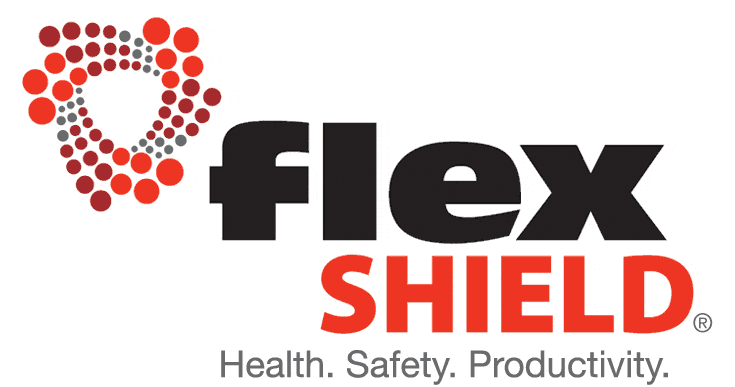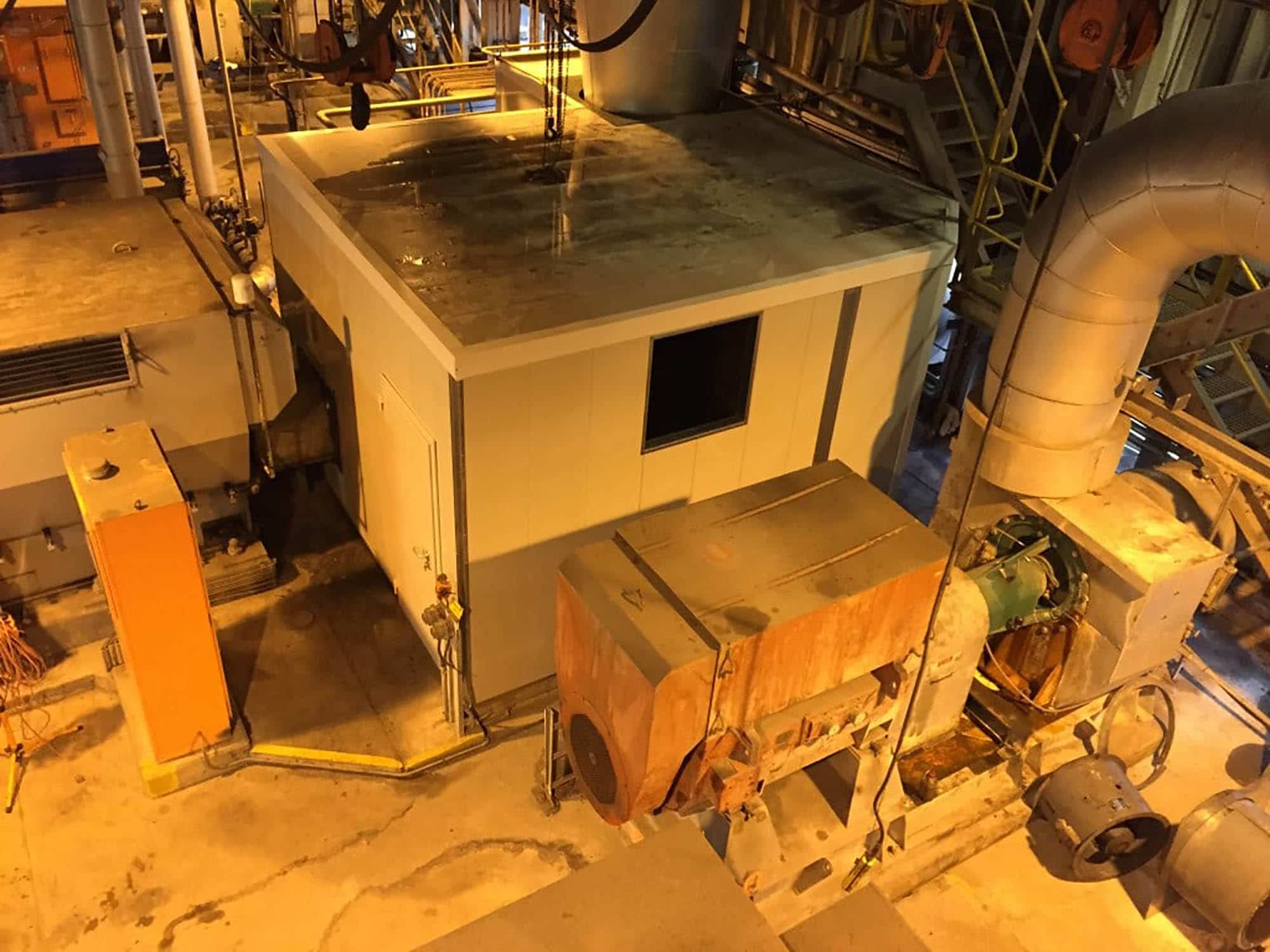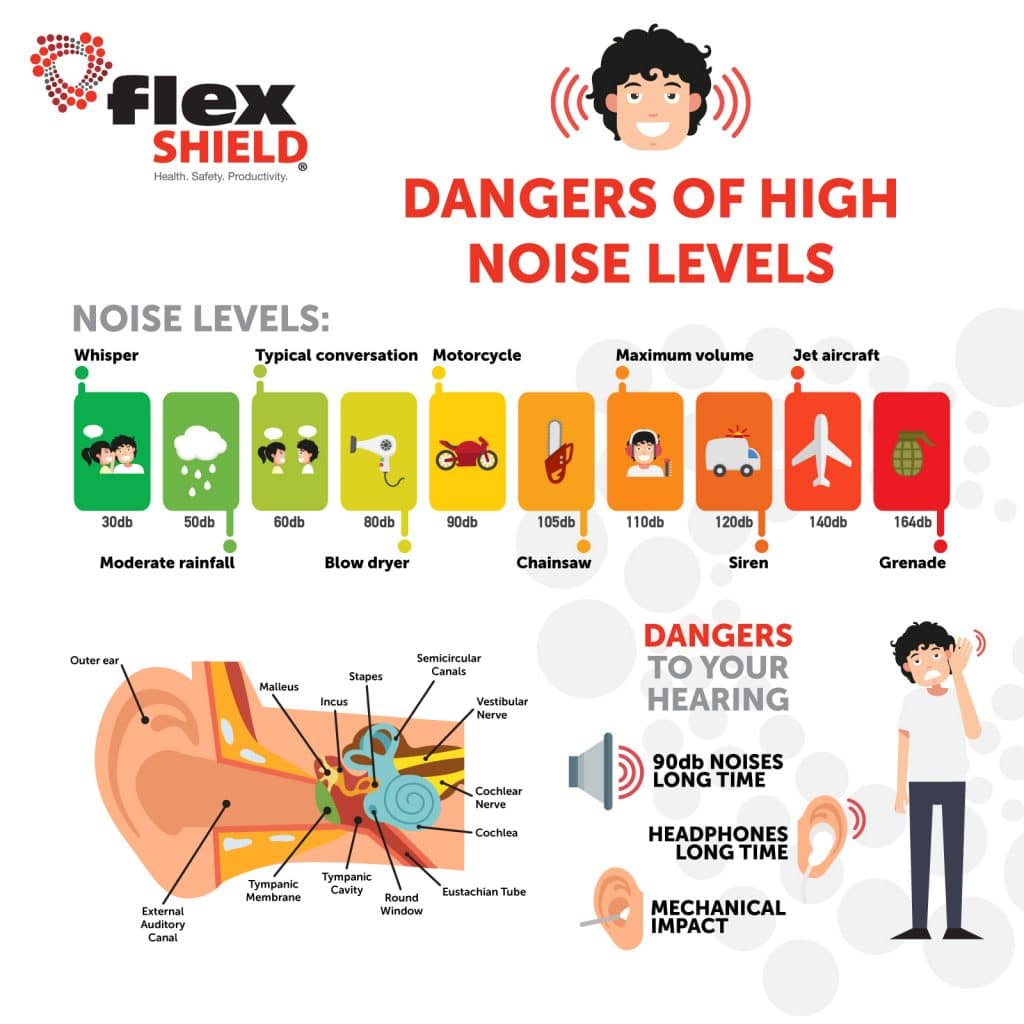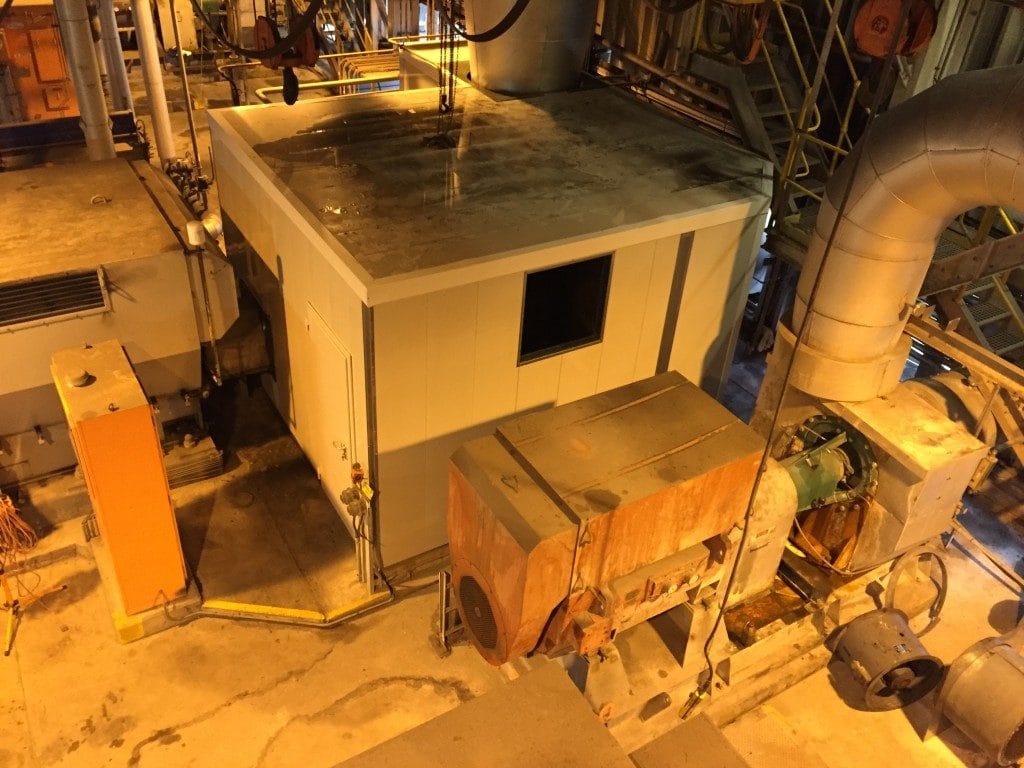Call 1300 799 969 | Contact Us


Home » How to protect yourself from Noise Induced Hearing Loss (NIHL)
The thought of missing your child’s first words, or not being able to hear your partner saying “I love you” should be enough for you to take the threat of Noise-Induced Hearing Loss (NIHL) seriously. As well as potentially missing these key moments in life, you may also miss warning signals like a car horn or smoke detector, potentially resulting in a fatality – either yours or someone else’s!
It’s a fact that any sound level over 85 dB, or prolonged exposure to sounds over 80 dB, can cause hearing loss. In practice, that means that if you must raise your voice to be heard by someone three feet away, the environment is too loud. And if noise causes ringing in your ears or a temporary reduction in hearing, it’s too loud.

Yet hearing damage is a preventable workplace injury. There are many ways you can reduce the impacts of noise on your hearing, such as:
When young children suffer hearing loss, they can suffer setbacks in communication, language development, and social skills. Whether we like it or not, the younger generation learns from our example. If they see their parents focusing on noise control, they will too. That’s why it’s important to set children up with good habits for managing noise.
Engineered controls are the best and most effective solution to reduce the impacts of NIHL, from Sonic System acoustic enclosures to Sonic Acoustic curtain enclosures. Silencing machines with an absorbent product will reduce the risk of hearing loss better than any Personal Protective Equipment (PPE) available on the market.

Flexshield has wide experience in creating solutions for industrial projects. We may recommend our Sonic Series acoustic louvres or Sonic Access acoustic doors to address the risk of NIHL in your workplace.
The noise control options available are almost endless. For more information about how to protect yourself, your workers, or your children from NIHL, contact the Flexshield team today on 1300 799 969 or get in touch online.